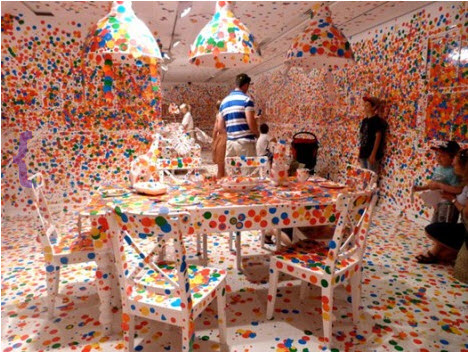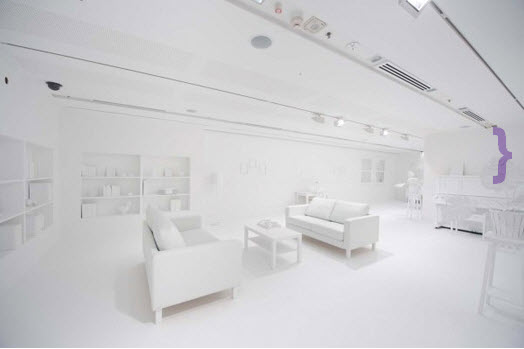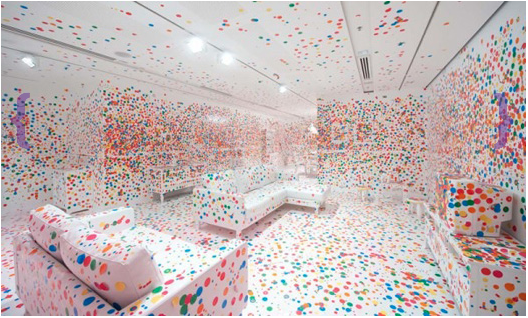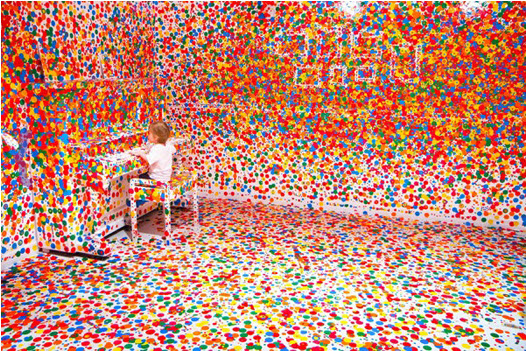Interior Design: A Sticky Situation
When I was 6 years old, I had an irrational obsession with stickers. Like many others in my first grade class, I had a book containing my precious sticker collection, the pages organized by type: fuzzies, oilies, puffies, holograms…I’ll spare you the extended list. During snack time, my classmates and I would huddle together and make sticker trades.
“I’ll give you two fuzzies and a puffy for one oily.”
“No way, this oily is worth at least three fuzzies and two holograms.”
“Okay how about this sparkly and three puffies for that scratch-and-sniff?”
I know, you don’t have to tell me – I was a very cool first grader.
I loved collecting stickers, but I also loved sharing them. My parents often remind me of the letters I sent home from summer camp, enclosed in envelopes completely covered in stickers, save for tiny rectangles containing the mailing address and stamp (I proudly passed this tradition on to my youngest sister, who to this day thoughtfully includes stickers in her letters to me). In my 6-year-old brain, there was something exciting and meaningful about choosing that perfect sticker to stick to a letter. Of course my choices were often limited to hearts, stars, smiley faces and cute animals, but to each his own. Save for the actual writing, each letter was a blank canvas for me to decorate to my heart’s content.
The Obliteration Room, an interactive installation created by artist Yayoi Kusama at Brisbane’s Gallery of Modern Art in Australia, is a sticker-enthusiast’s dream come true. Kusama created a room environment and painted every surface, object and piece of furniture white (very much like the stark white TV room in Charlie and the Chocolate Factory).
Over several weeks, Kusama invited groups of children to plaster the walls, furniture, ceiling, floor – every imaginable surface – with an assortment of bright, multicolored circular stickers. As the children “obliterated” the room with these stickers, the transformation of a blank white canvas into an explosive work of art began.
The interactive nature of this project, which relied solely on the creative freedom of thousands of children, gives this installation a wild and fun feel. It elicits that “young at heart” sentiment that surfaces when we see or experience something that reminds us of our childhoods. You can imagine the sheer enthusiasm and energy of children racing around, breaking all the rules they were ever taught about the acceptable places to put stickers, which certainly did not include sofas and lamp shades. And as a sticker enthusiast myself, I couldn’t be more jealous.
http://www.psfk.com/2012/01/dot-sticker-art-room.html/obliteration-5-yayoi-kusama





I love, love , love this. The room looks like a TV screen full of static! We had stickers on our playroom wall, but very orderly and I got bent out of shape when your friends moved them around b/c i thought they wouldn’t stick anymore. I still have them. You can have them–if Marielle allows it.
Great post! I’ll try to loosen up a little.
BTW, I still have those letters from camp–and envelopes!
I’m sad that I’ve clearly grown up, since my first thought was, “How did that not add weight to make the postage insufficient?”
I think I need to go watch The Muppets to let my inner-child come out and play before bed.
Very cool! I loved seeing the room keep getting more plastered—kept thinking I had seen the last photo, and then there was another! What’s fun about kids (and their stickers) is that “more is always better.” You get the totally over-the-top experience — so much for restraint.